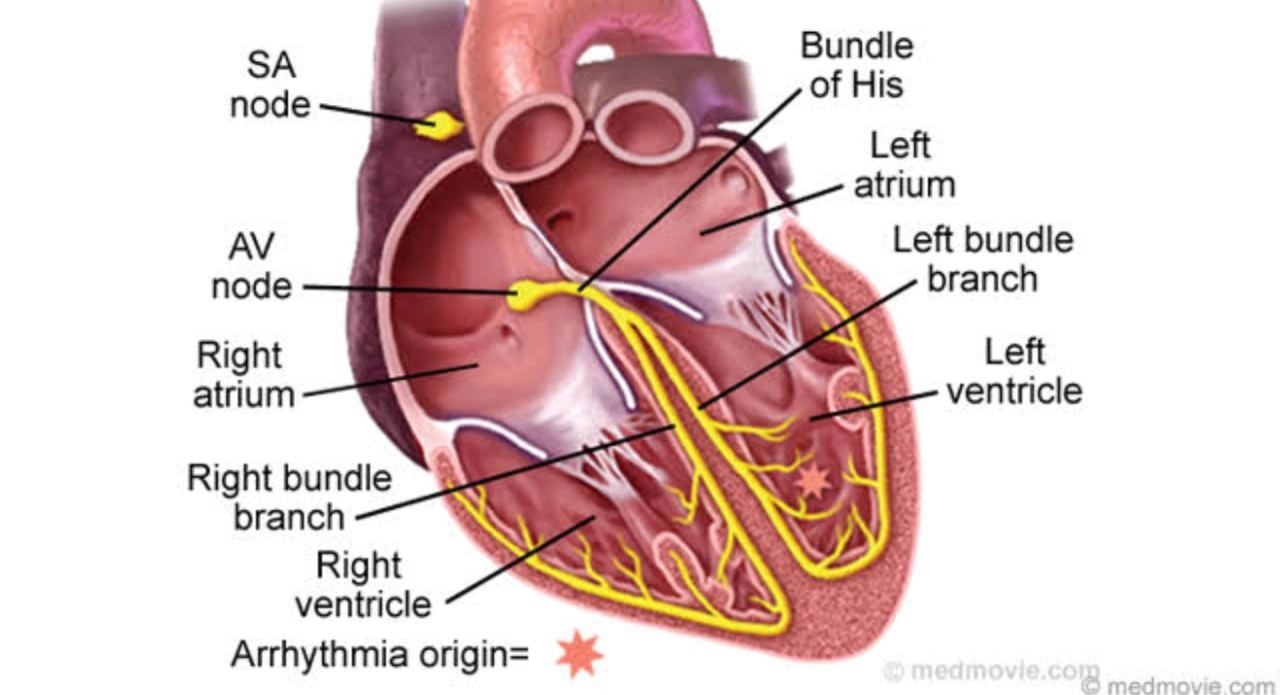Smoking: Practical steps to quit, reduce harm, and beat cravings
Smoking hooks your brain and habits. You don’t need a dramatic makeover to quit — you need a plan that fits your life. Small, clear moves plus the right support make quitting much easier than going cold turkey alone.
Build a simple quit plan
Pick a quit date within two weeks and mark it on your calendar. Tell friends, family, and coworkers so they can back you up. Remove cigarettes, lighters, and ashtrays from your home and car. List your top three triggers (stress, coffee, after meals) and write one specific swap for each — for example, walk 5 minutes after meals or chew sugar-free gum with your coffee.
Expect cravings. They peak in the first week and get shorter over time. When a craving hits, use the “4 D’s”: Delay for 10 minutes, Drink water, Deep breathe, Do something else (call a friend, walk, or tidy a small area). Cravings usually pass in 5–15 minutes.
Medications and nicotine replacement — what works
Nicotine replacement therapy (NRT) like patches, gum, lozenges, inhalers, or nasal spray replaces the nicotine without the smoke. Many people do best with a patch plus quick-relief gum or lozenge for sudden cravings. Follow the package and use enough dose — under-dosing is common and cuts effectiveness.
Prescription meds include varenicline (often more effective than bupropion) and bupropion. Varenicline lowers cravings and makes smoking less satisfying; bupropion can help with mood and withdrawal. Talk with your doctor about medical history, interactions, and which option fits you. If you’re pregnant or breastfeeding, get medical advice — quitting is still the goal but treatment choices differ.
What about e-cigarettes? Some people quit with them, but they’re not risk-free. If you choose vaping as a step-down tool, aim to stop vaping too within a defined timeframe and avoid switching to long-term vaping, especially if you never smoked before.
Behavioral support boosts success a lot. Use quitlines (for example, in the U.S. call 1-800-QUIT-NOW), local counseling, apps, or group programs. Combining medication and counseling roughly doubles your chance of quitting compared with no support.
Relapse is common — it doesn’t mean failure. Learn from it: what triggered you, what worked, what didn’t. Restart with a new plan: change triggers, increase support, or try a different medication. Every quit attempt improves your odds next time.
Protect others — smoke-free homes and cars cut secondhand smoke risks for kids and partners. If you’re pregnant or planning pregnancy, quitting now cuts risks for the baby immediately.
If you want, start with one concrete step today: order NRT, set your quit date, or call a quitline. Practical moves plus honest support make quitting possible. You don’t have to do it perfectly — just start.
Atrial Fibrillation and Smoking: The Dangers and How to Quit
As a blogger, I recently explored the topic of Atrial Fibrillation (AFib) and smoking. I learned that smoking is a major risk factor for developing AFib as it can damage the heart's electrical system and lead to irregular heartbeats. The dangers of AFib include an increased risk of stroke, heart failure, and other serious health complications. I also discovered that quitting smoking can help reduce the risk of AFib and improve overall heart health. To help those struggling with smoking, I shared various strategies to quit, such as nicotine replacement therapy, counseling, and support groups.

